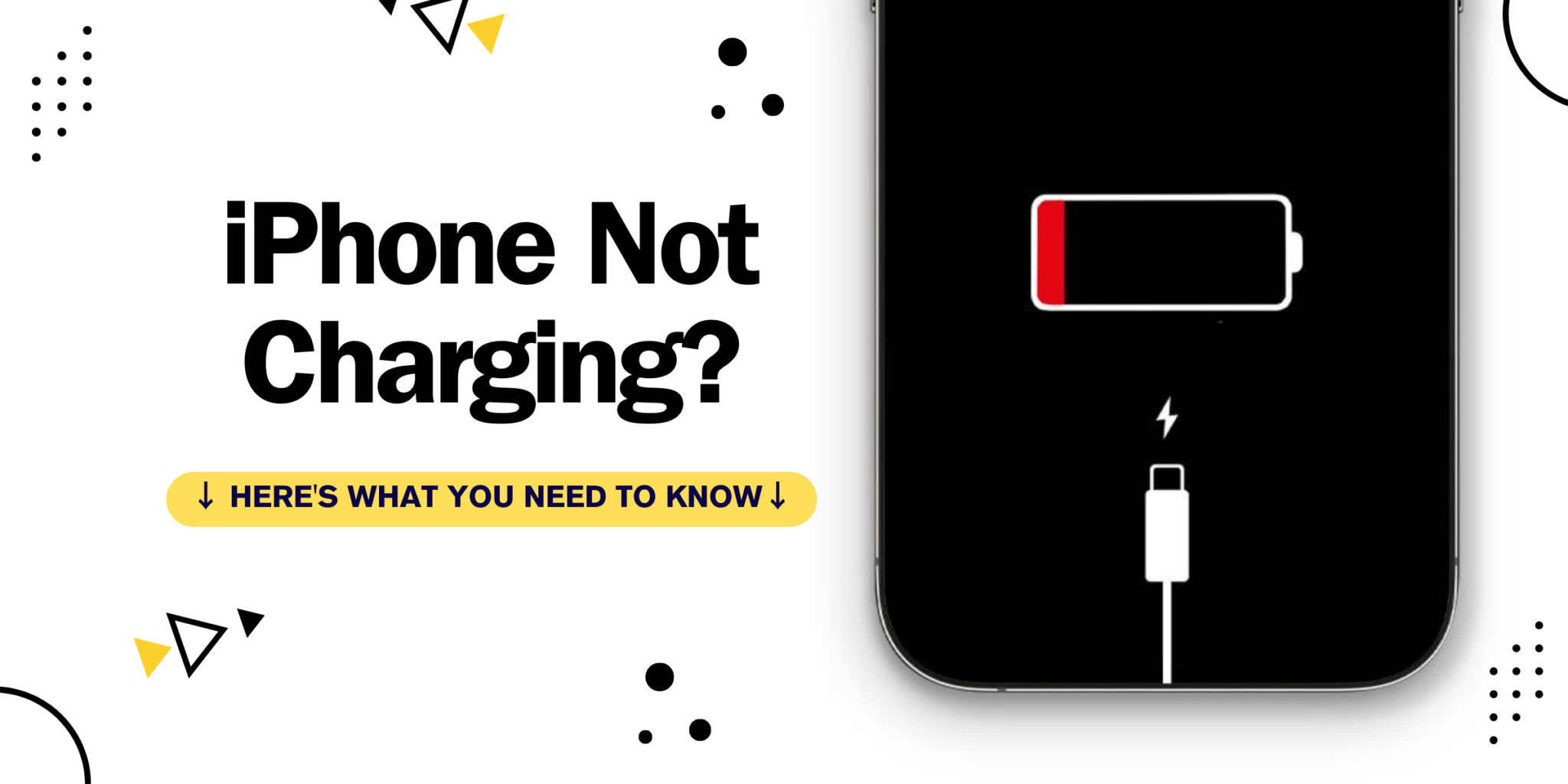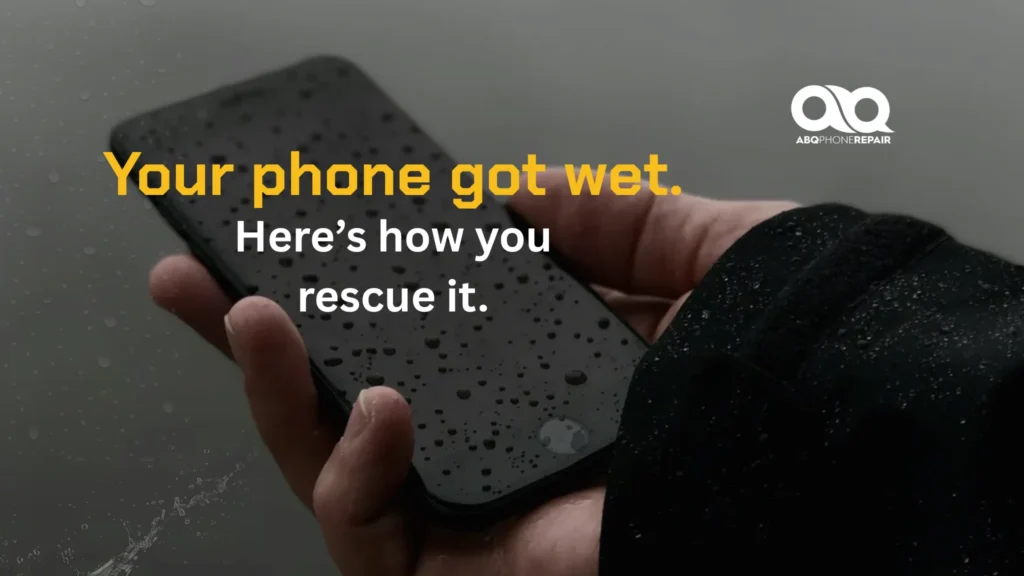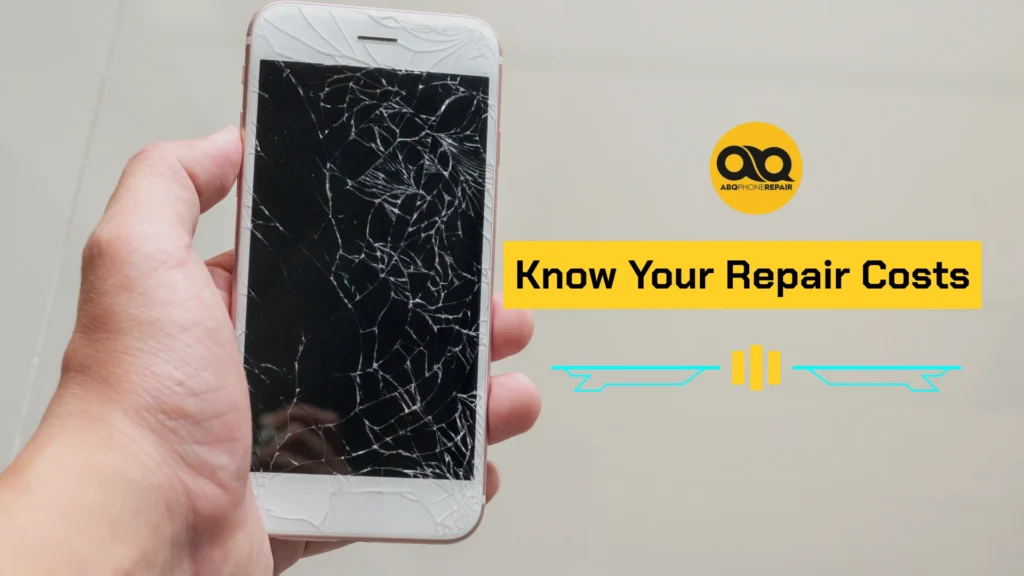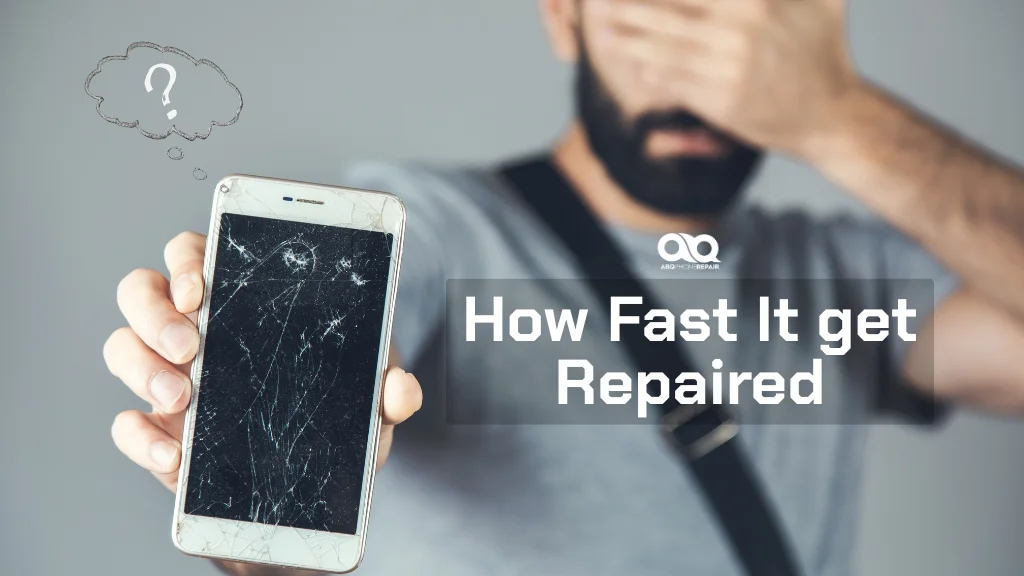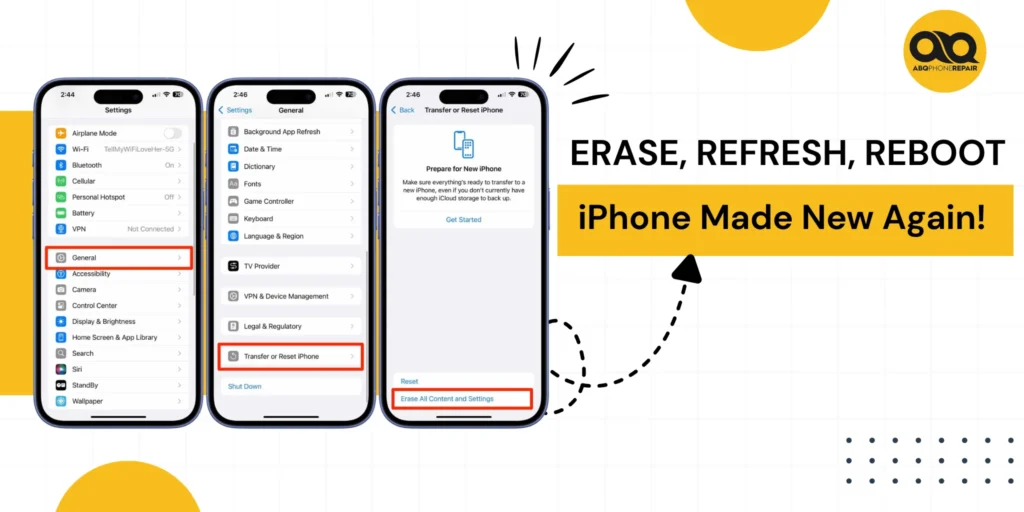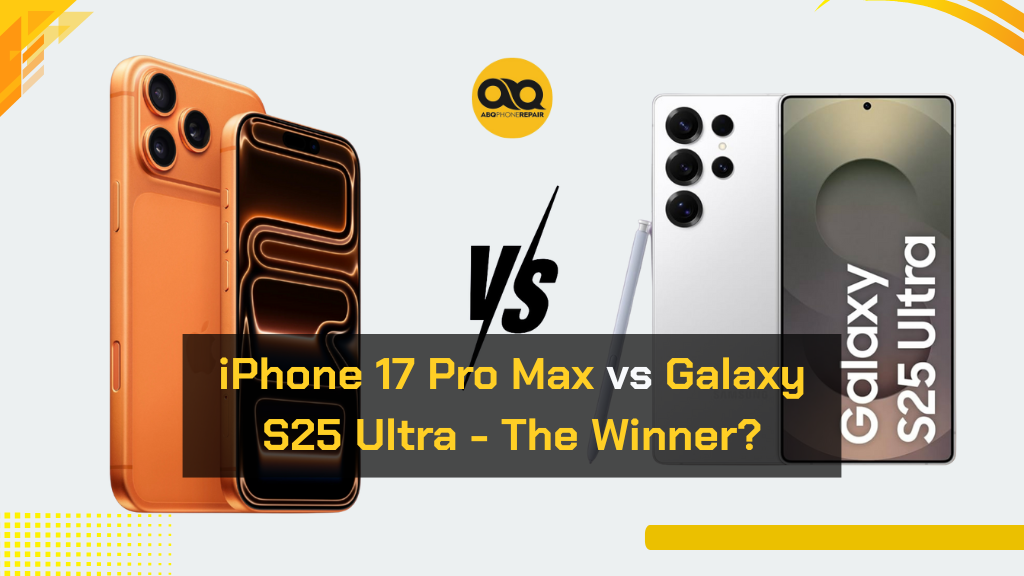Your iPhone won’t charge due to five main issues: faulty charging cable or adapter (accounts for 60% of cases), dirty or blocked charging port (25%), software glitches (10%), dead wall outlet (3%), or battery hardware failure (2%). Quick diagnosis: If the charging symbol appears, it’s likely software-related or slow charging. If no symbol shows, test your cable with another device. Cable works elsewhere = port problem. Cable fails = replace cable. Most issues take 5-10 minutes to fix at home. Port damage or battery failure require professional repair.
Quick 3-Question Diagnostic
Before trying different solutions, identify your specific problem:
Question 1: Does the charging symbol appear on screen?
- YES → Skip to Software & Battery Issues below
- NO → Continue to Question 2
Question 2: Does your cable work with other devices?
- YES → Your iPhone’s port has a problem (see Port Solutions)
- NO → Continue to Question 3
Question 3: Does a different cable charge your iPhone?
- YES → Replace your original cable
- NO → Port cleaning or professional help needed
This diagnostic saves time by directing you to the right solution immediately.
If you suspect your battery is the issue, Albuquerque’s iPhone battery replacement experts at ABQ Phone Repair & Accessories can diagnose and replace it quickly and affordably.
8 Common Reasons Your iPhone Won't Charge
1. Faulty Cable or Adapter (60% of Cases)
Lightning cables take daily abuse—bending, twisting, pulling. Internal wire damage happens even when the outside looks fine. Check for fraying near connectors, exposed wires, or bent pins. Dark spots indicate short circuits. Wall adapters fail less often but can develop internal faults.
2. Dirty or Blocked Charging Port (25% of Cases)
Lint, dust, and pocket debris pack into your port over time, preventing proper cable connection. Shine a flashlight inside—you’ll likely see accumulated gunk.
3. Software Glitch (10% of Cases)
iOS can freeze or malfunction, preventing charge recognition. This happens after updates or when apps crash.
4. Dead Wall Outlet (3% of Cases)
Breakers trip, connections loosen, or outlets fail. Computer USB ports in sleep mode won’t charge your device.
5. Battery Hardware Failure (2% of Cases)
Batteries degrade after 500 charge cycles (about 2 years). Check Settings > Battery > Battery Health. Capacity below 80% means replacement time.
6. Charging Port Damage (<1% of Cases)
Physical damage from drops or forcing cables bends internal pins. Water exposure corrodes contacts. Requires professional repair.
7. Liquid in Port (<1% of Cases)
iPhones detect moisture and stop charging to prevent damage. You’ll see a “Liquid Detected” alert.
8. Optimized Battery Charging (80% Limit)
Not a problem—it’s a feature. iOS learns your routine and stops at 80% to extend battery lifespan, completing to 100% when you typically unplug.
How to Fix Each Problem
Cable and Adapter Solutions
Time needed: 2 minutes
Test your cable with another iPhone or device. If it fails, replacement is the only fix. Use Apple-certified cables (look for “Made for iPhone” on packaging). Third-party cables often lack proper voltage regulation.
Check your adapter by trying a different one. Mix and match—use your cable with a friend’s adapter, or vice versa. This isolates the problem component.
Cost context: Genuine Apple cables cost $19-29. Quality third-party certified cables run $12-20.
Port Cleaning Guide
Time needed: 3-5 minutes
What you need: Wooden toothpick, flashlight, compressed air (optional)
Step-by-step:
- Power off your iPhone completely
- Shine flashlight into charging port
- Gently insert wooden toothpick at an angle
- Scrape along port walls to loosen debris
- Use compressed air to blow out loosened material
- Check if cable now fits snugly and clicks
STOP—Don’t do this: Never use metal objects like paperclips or pins. Metal scratches delicate connectors and can cause permanent damage. Don’t spray liquid cleaners into the port.
Software Fix: Force Restart
Time needed: 30 seconds
For iPhone 8 and newer: Press and release Volume Up, press and release Volume Down, then hold Side button until Apple logo appears (10-15 seconds).
For iPhone 7: Hold Side + Volume Down together until Apple logo appears.
For iPhone 6s and earlier: Hold Home + Power together until Apple logo appears.
After restart, plug in and wait 5 minutes for charging symbol.
Test Different Power Sources
Time needed: 2 minutes
Try different wall outlets, USB ports on awake computers, car chargers, or power banks. One works but others don’t? Your original power source failed, not the iPhone.
iOS Software Update
Time needed: 15-30 minutes
Go to Settings > General > Software Update. Install any available updates while connected to Wi-Fi and power.
Liquid Damage Response
Time needed: 30 minutes
See “Liquid Detected” alert? Unplug immediately. Tap iPhone gently with port facing down. Place in dry, ventilated area for 30 minutes. Don’t use rice, hairdryers, or force charging. Try again after drying.
Understanding the 80% Charging Limit
Check Settings > Battery > Battery Health & Charging. If “Optimized Battery Charging” is enabled, your phone learns when you need full charge. Disable for immediate 100%, but battery longevity suffers. iPhones also pause at 80% when too warm—charging resumes after cooling.
Can I Fix This Myself?
Safe DIY Fixes: Swapping cables/adapters, port cleaning with wooden tools, force restart, trying different outlets, iOS updates, waiting for liquid to dry.
Proceed Carefully: Deep port cleaning, removing stuck debris, checking for bent pins.
Professional Help Required: Visible port damage, phone won’t turn on, battery health below 80%, charging only at specific angles, water damage indicators, burning smell from port.
Preventing Future Charging Problems
Cable care: Unplug by gripping the connector, not yanking the cable. Avoid tight wrapping. Replace worn cables immediately.
Port protection: Clean monthly with compressed air. Consider cases with port covers.
Temperature awareness: Don’t charge in direct sunlight, hot cars, or freezing conditions.
Charging habits: Unplug at 80-90% when possible. Avoid draining to 0% repeatedly. Use certified accessories only.
When Professional Repair Makes Sense
DIY solutions work for most charging issues. Some problems need expert diagnosis.
Contact professionals if your iPhone charges only at certain angles—this indicates loose port connections. Visible damage inside the port means bent pins or broken solder joints. Battery health below 80% signals replacement time.
Cost expectations: Port repair runs $79-129. Battery replacement costs $89-99. New cables are $19-29.
Repair versus replace: If your iPhone is 4+ years old and needs port + battery repair ($180+), consider whether that money goes better toward a new device. For phones under 3 years, repairs make financial sense.
Hardware issues sometimes disguise themselves as charging problems. Failing logic boards or damaged charging circuits require diagnostic equipment. Attempting repairs without proper tools risks further damage.
What NOT to Do
Don’t use damaged cables. Exposed wires create fire hazards and damage charging circuitry.
Don’t force the cable. Clean the port first if it doesn’t slide in smoothly.
Don’t use unofficial fast chargers. Cheap chargers lack voltage regulation and damage batteries.
Don’t hit or shake your iPhone. This loosens internal connections.
Don’t ignore “Accessory Not Supported” warnings. Using that cable risks permanent damage.
Don’t clean ports with metal. Paper clips and pins scratch connectors. Use wood or plastic only.
Final Thoughts
Most iPhone charging problems stem from easily fixable issues—worn cables, dirty ports, or software glitches. The quick diagnostic at the start identifies your specific problem in under a minute.
Start with simple solutions: test different cables, clean your port, and restart your device. These three steps fix 85% of charging issues in under 10 minutes.
If your iPhone’s charging problems are just one part of a larger issue with your device, it’s helpful to know the other common phone problems For a comprehensive overview, check out our Top 5 Common Phone Repair Issues. Understanding these common issues can help you better care for your phone and seek timely repairs.
Know when to stop DIY attempts. Visible port damage, repeated failures, or phones that won’t power on need professional attention. Monthly port cleaning and careful cable handling prevent most issues before they start.

